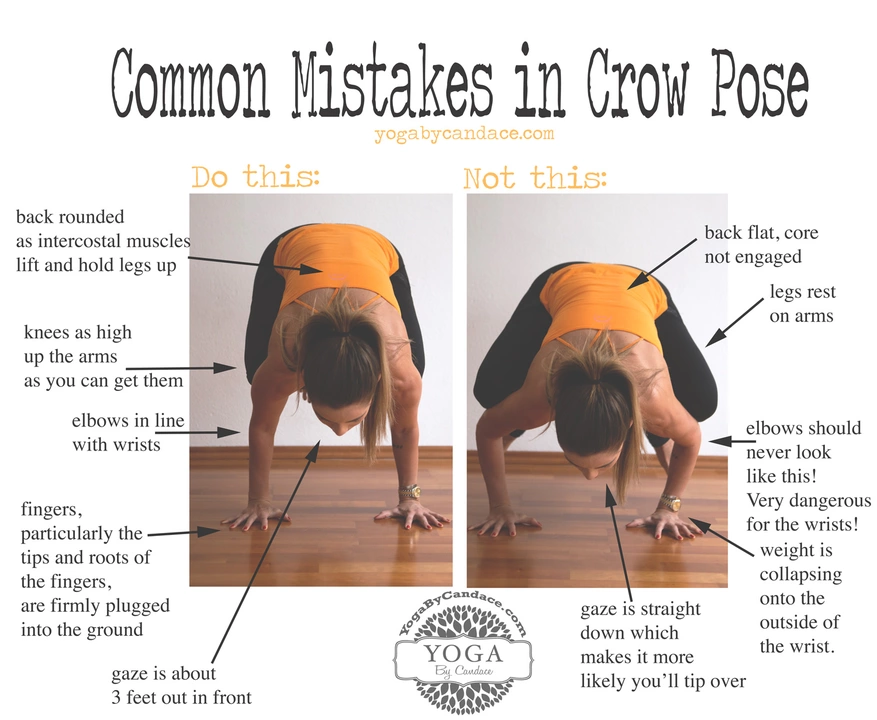Prevent slipping during yoga: practical fixes for safer practice
Slipping on your mat ruins focus and can cause injury. These quick, realistic steps help you get a solid grip so you can sink into poses without worrying. Read the list and try one or two changes at a time.
Choose the right mat and gear
Pick a mat made for grip: natural rubber and dense PVC often hold better than thin travel mats. Look for 'sticky' in the description or try the mat with damp palms at the store. A towel made for hot yoga - thin microfiber - absorbs sweat and increases friction when placed over the mat. If you sweat heavily, a rosin or grip spray gives extra traction but apply sparingly and follow the product instructions. Yoga socks with rubber dots help during standing flows if you can't go barefoot. Keep fingernails and toenails trimmed so they don't catch or slip on the mat surface.
Surface prep and cleaning
Wipe your mat before practice with water and a small amount of gentle soap or a 50:50 water and white vinegar mix to remove oils that make the surface slick. For sweaty sessions, use a microfiber towel under hands and feet or a full towel over the mat. Avoid oily lotions before practice; if you use a body oil, allow it to absorb fully or skip it on practice days. Practice on a dry, flat floor - tiles can be slippery, so consider placing a non-slip rug under your mat for extra grip. Wash microfiber towels frequently; a dirty towel loses absorbency and increases slipping risk.
Adjust your routine to reduce slip risk. Warm up slowly to cut heavy sweating early in the class. Pause and pat hands and feet dry mid-practice when poses feel unstable. If a pose keeps slipping, try a modified version that lowers risk while you build strength and balance. For example, move from full Chaturanga to knee chaturanga until your arms and core get stronger.
Body positioning matters. Distribute weight evenly across hands and feet and press through fingertips to anchor the hand. Engage core and legs to reduce over-reliance on grip alone. When you feel momentum pulling you forward, slow the transition and reset your alignment before continuing. Breath can steady you - slow exhales help control quick shifts that often cause slips.
If you teach or practice in a studio, speak up about slippery mats or floors. Many studios welcome feedback and adjust cleaning schedules or change flooring. Carry a spare towel and a small bottle of mat cleaner in your bag so you're always ready. Small actions - drying the mat, choosing the right towel, or changing a pose - add up to safer, more focused practice.
Try a quick test before a class: press both palms and feet into the mat and slide slightly. If they stick, you're good; if not, wipe and retry. Over time you'll learn which combos of mat, towel, and cleaner work best for your sweat level and practice style and avoid last-minute panic.
How to prevent my knees from slipping in a crow pose?
In my latest blog post, I discuss the common issue of knees slipping in crow pose and share some useful tips to prevent it. I emphasize the importance of building a strong foundation by warming up the wrists and engaging the core. Additionally, I mention the role of proper hand placement and the use of a towel or mat for added grip. Practicing hip openers and engaging the inner thighs can also help in maintaining stability. Finally, I encourage patience and consistent practice to master this pose without slipping.
